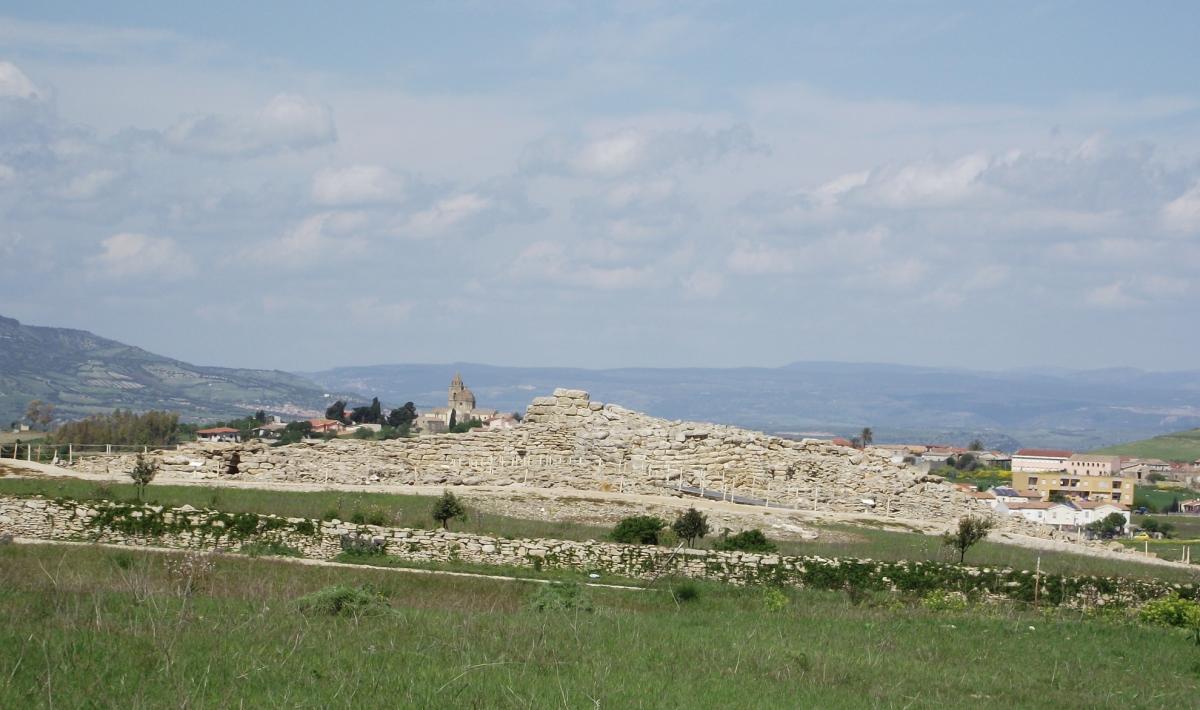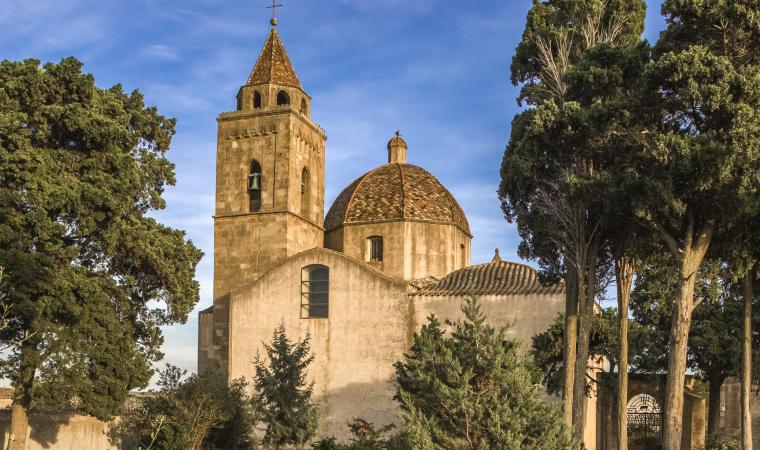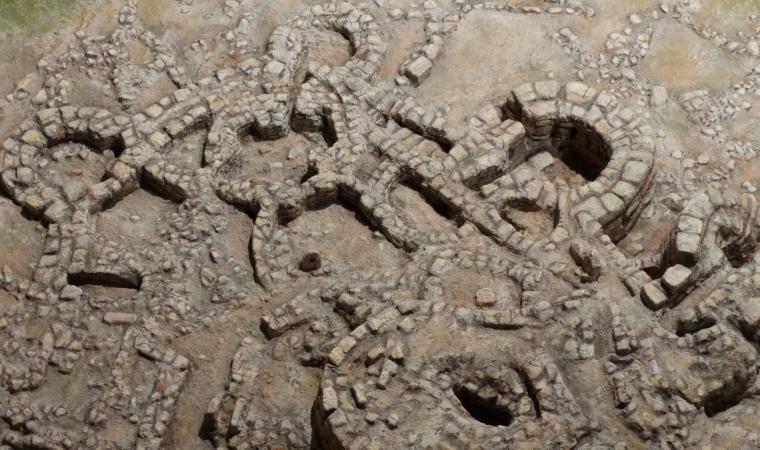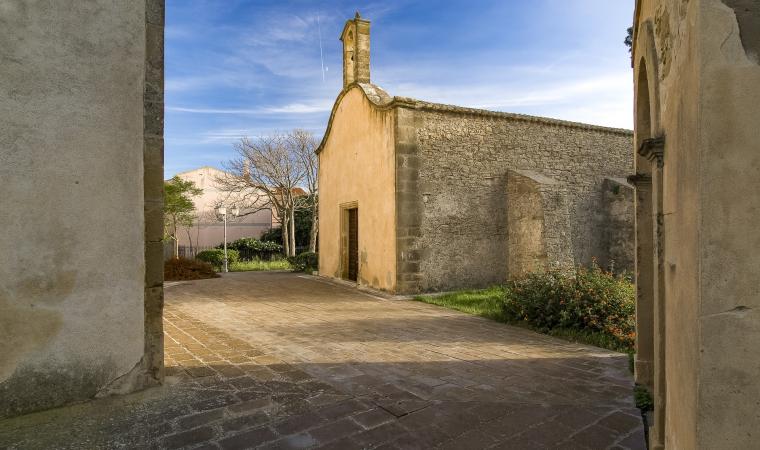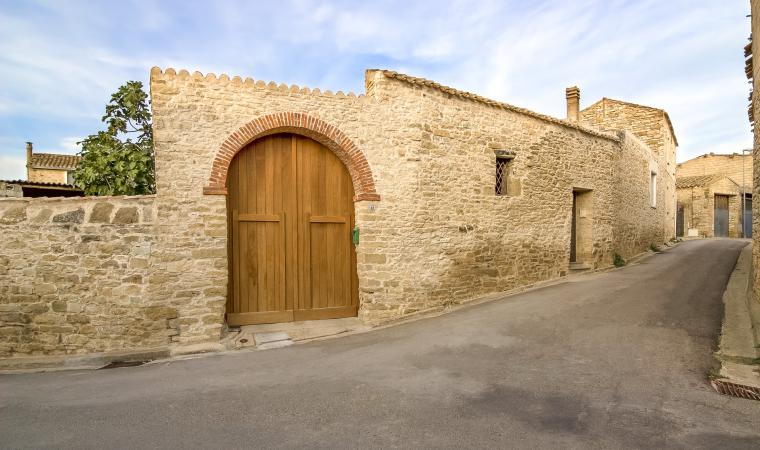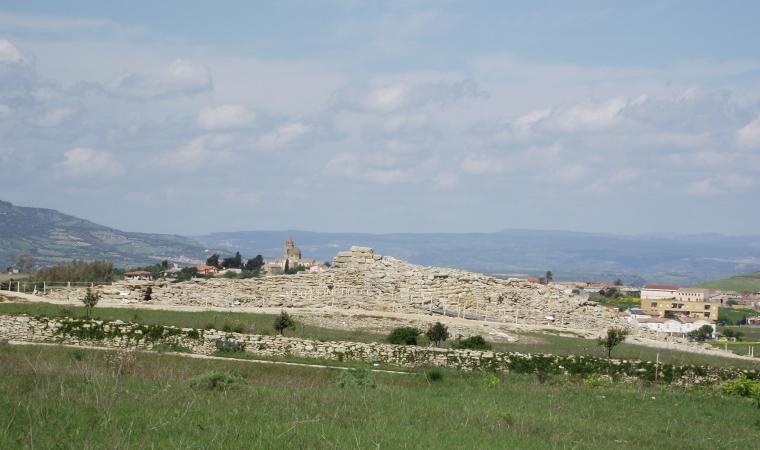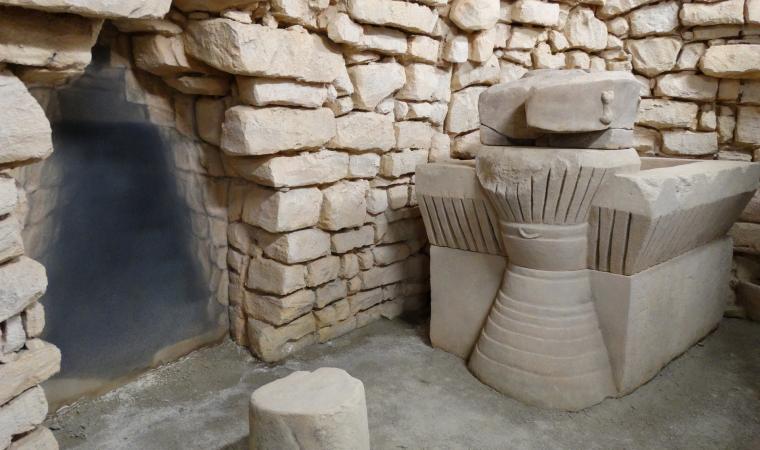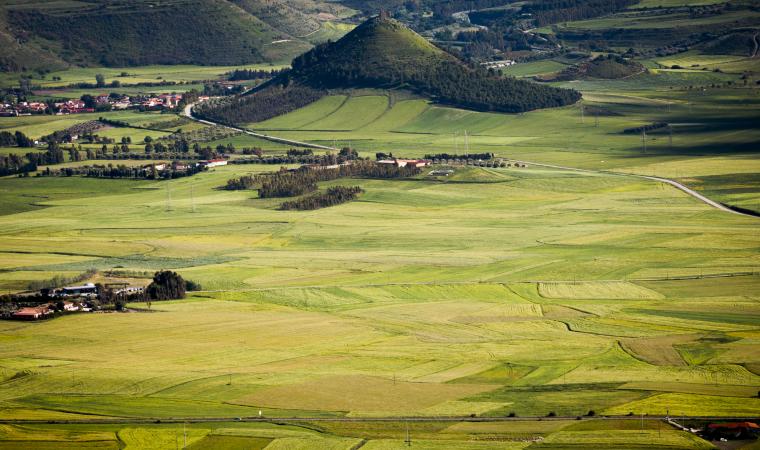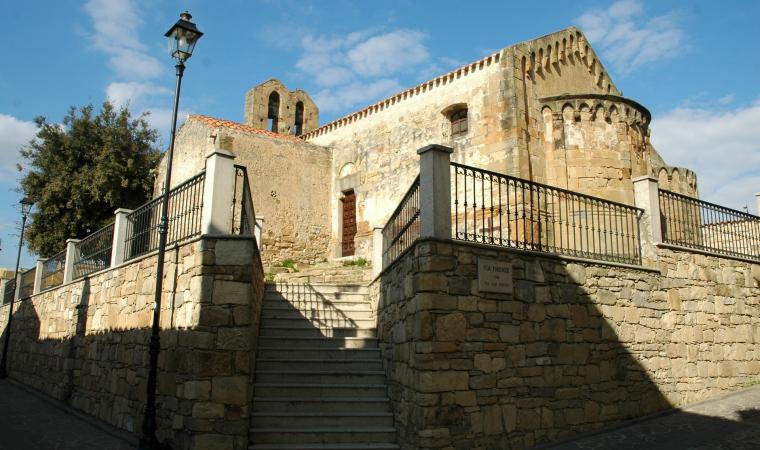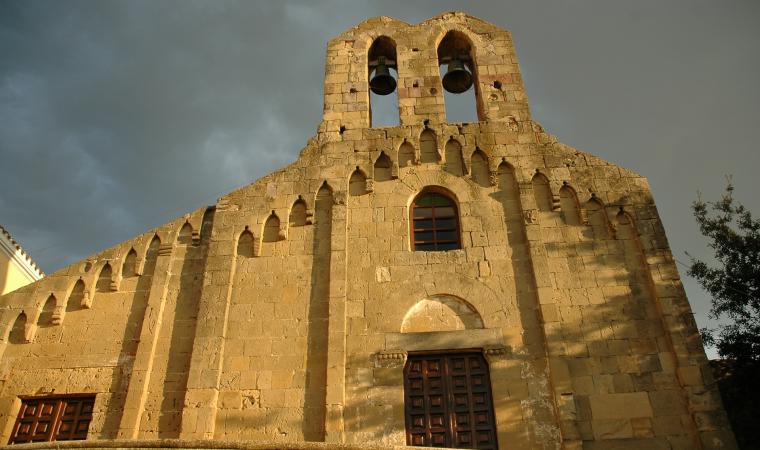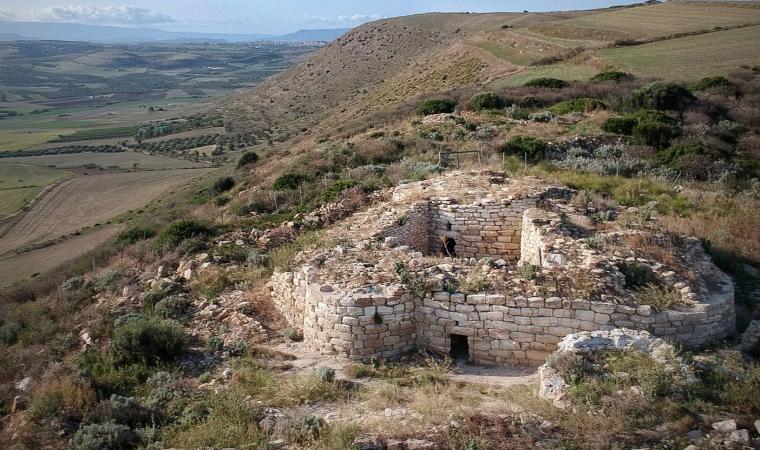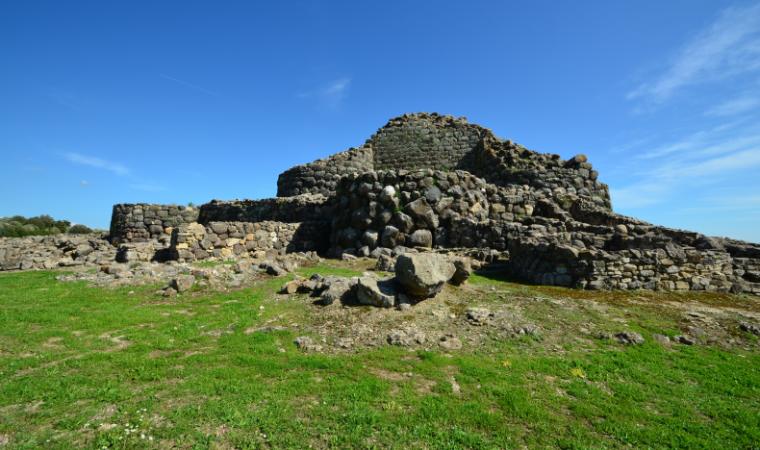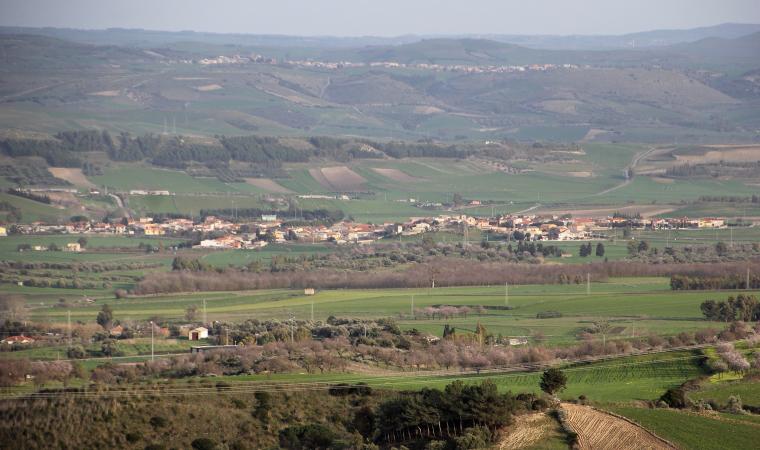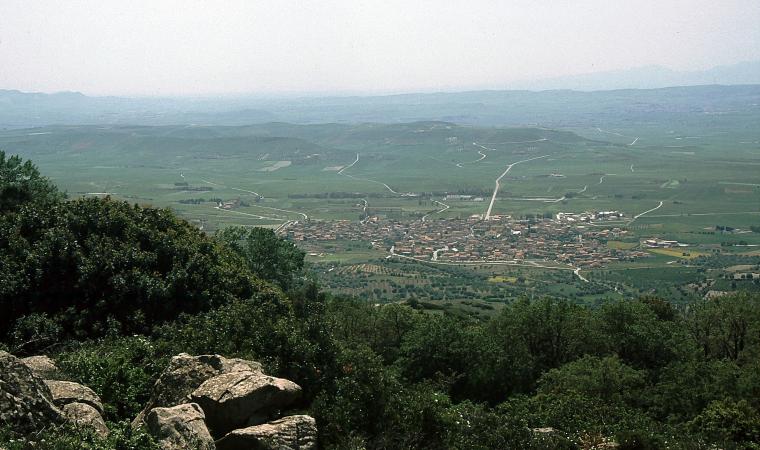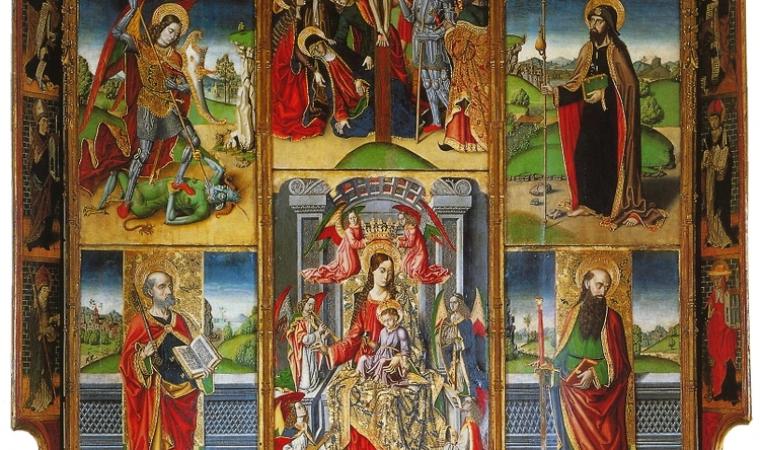Set at an altitude of almost 300 m above sea level it is surrounded by fertile fields, the verdant hills of the Marmilla and the Flumini Mannu river. The centre of the town of Villanovafranca boasts a population of just under 1,500 inhabitants who live in homes nestled around the parish church of San Lorenzo. Farming is the town’s most important livelihood, mostly cereals, but also tending to olive groves, vineyards, almond trees and, above all, saffron, grown and processed in keeping with strict DOP regulations.
The village has a variety of belvederes from which to gaze out over a cone-shaped hill that is home to the ruins of the Las Plassas (or Marmilla) castle, the defensive outpost of the area when it was ruled by the Arborean kings.
The town’s name reflects the fact that it seems to have enjoyed tax exemptions (villa franca) and was first mentioned in documents in 1219. It had an important historical role during the era of the guidicati, as the small independent states were called. After the reign of the Arborense, the town fell under the control of the Aragonese, then passed to the Las Plassas barons and finally became the feudal holding of the famous Zapata family, until independence in 1839.
The area surrounding town is dotted with archaeological sites. Traces of man’s passage date to prehistoric times and it became permanently settled in Punic and Roman times. The best preserved remains are those of the su Mulinu nuraghe, less than a kilometre out of town. It dates to 1500 BCE and sports a variety of construction techniques, like corridor style and fake dome style. The site was abandoned around the IV century BCE. Inside one of its towers archaeologists found the only example of a Nuragic altar from the Early Iron Age: a stone bearing carvings featuring vertical motifs with the effigy of the Moon goddess. Relics from the site are on display at the eponymous Civic Archaeological Museum located on one of the main squares.
The town’s most heartfelt festivity is celebrated on the third Sunday of May, the feast day of St. Isodoro, the patron saint of farmers, with a procession of tractors adorned with flowers and traditional rugs.

